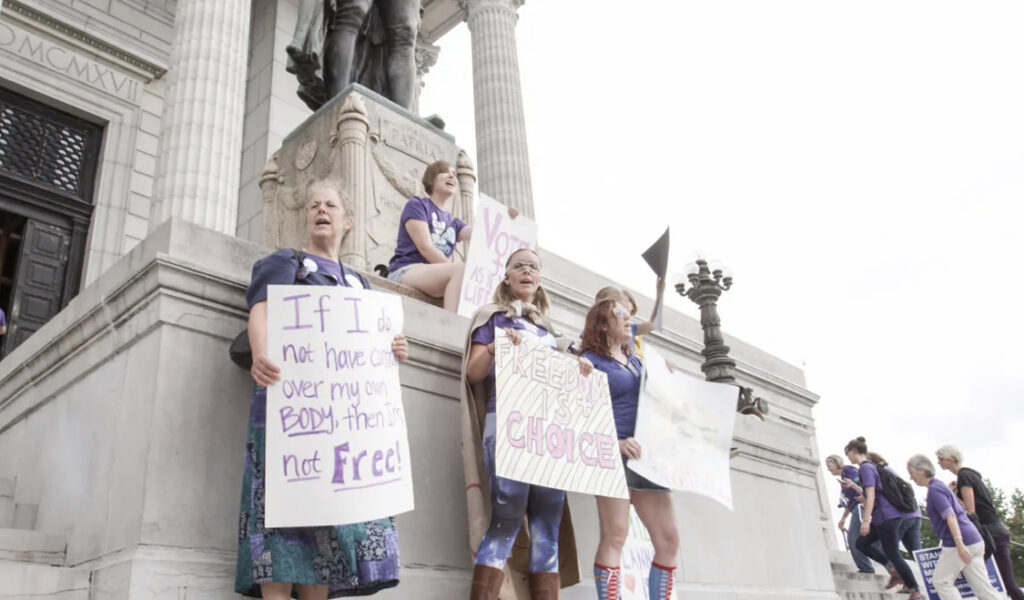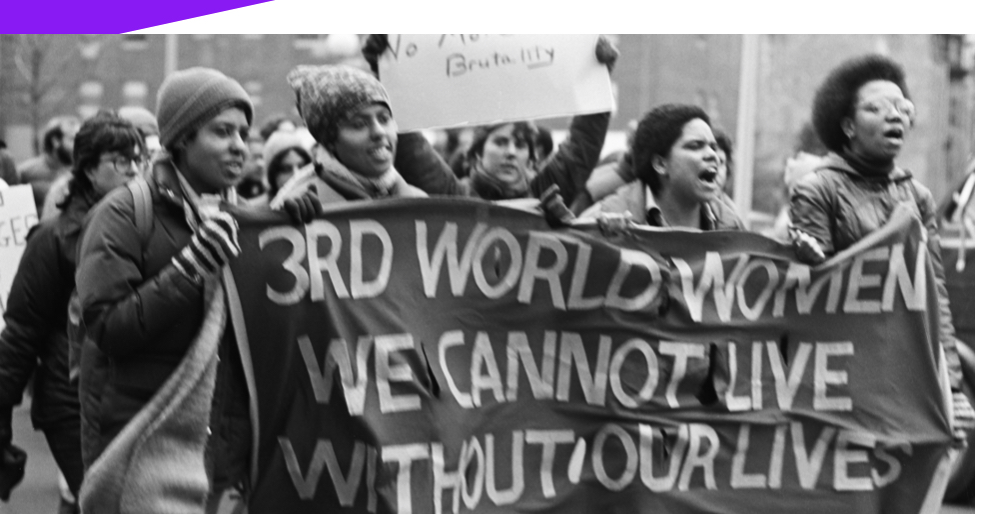This week we looked into pop culture, and we watched the video “Disclosure” which is a documentary that talks about the history of Transgender and Cis-gender representation on screen. When we look at how things stand, there is a really great representation of Trans-gender people on TV and film in the past few years than ever before. The film provides a path along with the presentations of Trans, non-binary, and gender-fluid people on screen, starting from the film of D.W Griffith “The birth of the nation” right up to New York’s queer ballroom culture in “Pose” which featured some notable number of Trans people both in front of and behind the camera. The documentary also gives us multiple points of view when it comes to letting us know what it means to be Trans, what forms both the opinion of Trans people and Cis-gendered, the past history of Trans people being portrayed on TV, and many other dozens of media. When we look at the early 1900s, Trans people’s visibility was seen as toxic and complex as Black visibility. A lot of Trans people were seen as comedy, “seen as some kind of freaks,” and people thought that “they were just playing dress up in order to make other people laugh.”
From my personal experience, I never really had much idea about this topic on Transgender people except for when it is talked about in some of my classes. This video was a good eye-opener, and I really learned a lot from it. The media has always made us believe that there are only two types of gender people can belong to which are either male or female and any other type are not recognized as a gender rather they are being used as jokes and mocked. When Trans people are portrayed on TV, a lot of people see it as misleading and sometimes seen as less human which to me is not right. We as humans have the right to be whatever we want, and society has no right to dispute that choice.
The documentary also talks about the film of D.W Griffith “The birth of a nation” which is a film that revives the kkk. It was a racist movie and D.W Griffith was also very much aware and understands that he can turn gender-nonconforming people into the joke of his story which to me was not right because these are people’s identities, and by right should not be used as a joke. His film was also used to stereotype people. Also, another film “A Florida Enchantment (1914)” is a film that places questions on “Gender change” and the “Use of blackface”. Looking at the film, we see the lady eat a seed, and just like that she wakes up and turned out to be a man. This is an unbelievably bad way of representing Trans people on the screen because a lot of people watch these movies/films, and some end up believing what they see on the screen. When some of these films are shown in the wrong way, Transgender people are seen as illegal people and sometimes they get harassed and arrested. As Laverne Cox said, “When you think about the time, that time historically, cross-dressing was illegal so that someone who decided to transgress gender expectations in real life was often harassed and arrested.” It was believed that people who cross-dress “Was flirting and when they dress as women, they were taken in by heartless New York copper.” and “Girls who turned into a man was fined $12.45 for walking in street dressed in man’s garb”. This was able to happen due to society’s construct on gender. Gender is a social construct of what society considers to be female/male which means that our society believes in only two genders and that is the only one people are expected to belong in any other type of gender is not accepted and would not be considered as a type of gender. Society has taught us that whichever gender we belong to we need to act upon it. As women, we need to perform & do things that are meant for women same goes for men. Women are meant to put on garments or clothes that are for men and when people go against that rule which was placed by the society, they either get harassed or mocked.
A lot of these Transgender/cross-dressers have been around for a very long time in this country, but the media has so much represented them in such a way that they are seen more like freaks than humans. I can relate this to my classmate Nazir O’s snapshot which quotes “I think for a long time, the way in which trans people have been represented on screen have suggested that we’re not real… that we don’t exist. And yet here I am. Yet here we are, and we’ve always been here”. Hollywood movies have taught people a lot of ways/how to react to Trans people. “And sometimes, they’re being taught that the way to react to Trans people is fear.” People were told that “Trans People were dangerous. That they must be deviants or perverts.” “Asking why else you would wear a dress if you’re a man.” Some of those images been seen on the screen make people ask questions and most times make people reject Transgender & Cis-gender people. Also, some of those images are so belittling towards all women. “And we see comedians dressing up as women in order to get a job or affordable housing.” It is also sad to see that most of the television shows where we see Transgender characters brought in on shows portray the profession of “sex workers” but in a real sense, some of these Transgender women who act as sex workers were pushed into it due to “employment discrimination that Transgender people face. The unemployment rate for transgender people is three times the national average, and four times the national average if you’re a Trans person of color.” I believe this film was made to make people understand that people of Transgender are humans like everyone else and the significance of the film “Disclosure” was to make known every secret information about Transgender people, so everyone can be aware of it and see them for who they are and what they represent. I also believe it is good for people to disclose about themselves to everyone they love so that they can be aware and be supportive of them. Being a Transgender person is obviously not a sin or a crime, they are also humans and need to be loved and accepted in society.




